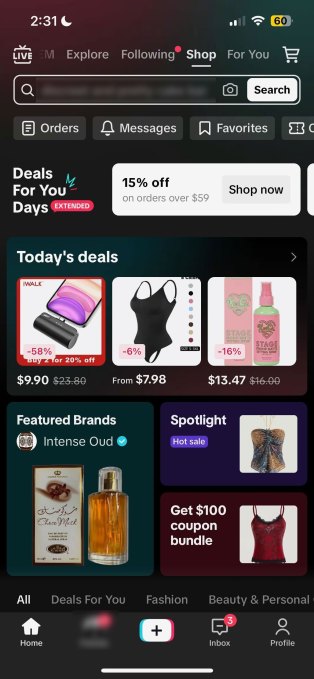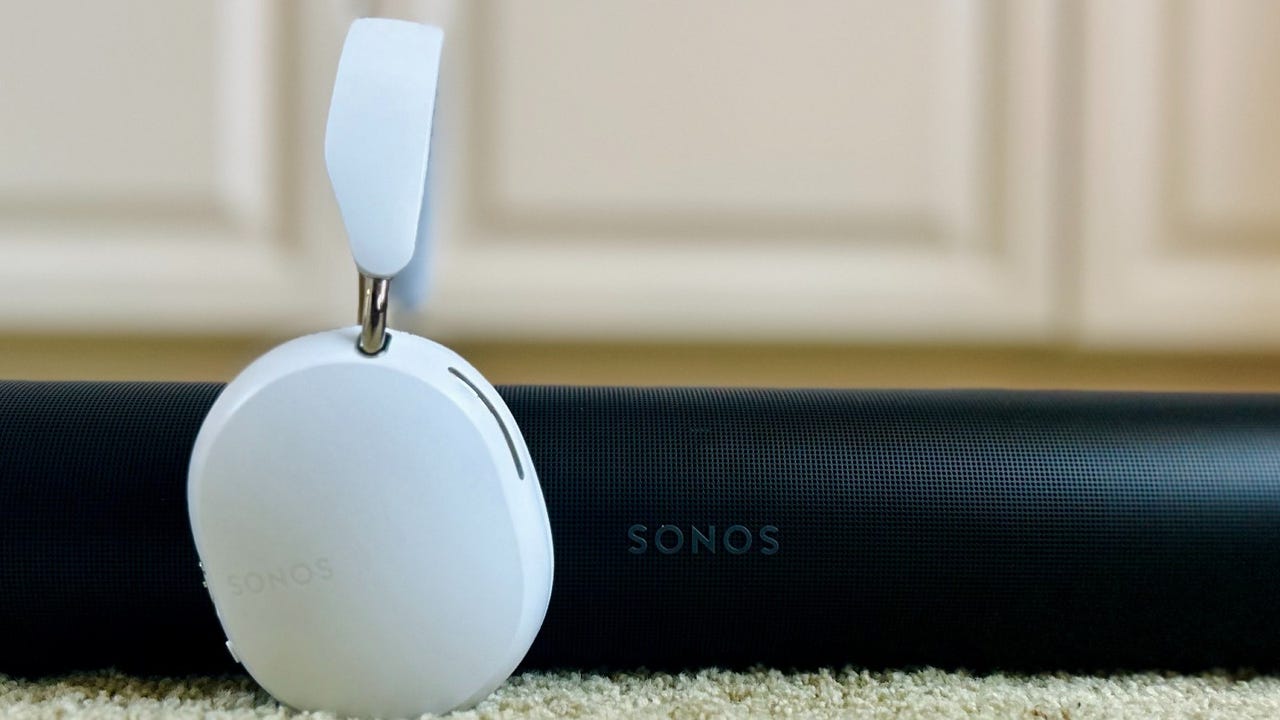

A TikTok glitch seems to be allowing some teens access to the TikTok Shop tab, despite the e-commerce offering supposedly being restricted to users who are 18 and older, per TikTok’s policy. The issue occurs when a teen originally lies about their age when signing up for TikTok, by entering in a date of birth that indicates they are already 18 or older, but then is later required by a parent to pair the account with their parent’s using TikTok’s built-in parental controls. Despite the pairing process, the teen will still have access to the adults-only feature.
TikTok’s parental controls, known as Family Pairing, allow an adult to manage a teen account’s screen time, content choices and account privacy, after connecting the two accounts in the app. To use Family Pairing, the teen accesses the feature from the app’s settings and chooses the option “Teen” when asked “Who is using this TikTok account?” on the setup screen. The final step is to scan the parent’s QR code after the parent goes through the same steps on their end, responding to the question that they are the “parent” and then displaying their QR code to be scanned.
Setting up parental controls, which effectively turns over key aspects of account management to a parent or guardian, should be a signal to TikTok that the younger user must have earlier lied about their over-18 status, but it does not. Instead, the “Shop” tab that appears alongside TikTok’s For You and Following feeds on the app’s homepage continues to be accessible to the minor, despite their account now being under parental control.
Because the Shop is an 18+ experience, parents should know that their teen may come across adult items in the app at times, including sex toys (including those dubbed “massagers” as well as those disguised as makeup brushes), lingerie, hemp products, and other supplements, weight gainers, vape pens and more. TikTok was also having trouble keeping various banned goods out of the marketplace, according to an earlier Business Insider report.
There is no longer a place to verify the date of birth associated with a TikTok account in the app, so TechCrunch tested the policy loophole around TikTok Shop by creating a new TikTok account for a user over the age of 18, then pairing it with an adult’s account through Family Pairing. This mirrors what could easily be a real-world situation where a teen who lied about their age to create a TikTok account is later required by their parent to let them enable parental controls.
As required by the setup steps, we indicated the test account belonged to a “teen.” The adult’s account was able to pair with the teen’s and adjust various settings. However, the TikTok Shop tab remained on the teen’s screen in various configurations, except when Restricted Mode was turned on. But there, too, we ran into problems.
Using the parent’s TikTok account, we tried adjusting settings using the Family Pairing feature. To speed up the process of the changes going through, we rebooted the teen’s phone to simulate the TikTok app being “restarted” after each setting was applied.
When turning off the dedicated STEM feed for the teen, we found the Shop tab remained accessible to the account, even after the changes were applied. This is because the user had originally indicated they were over 18, even though they’ve opted into parental controls, which should now indicate otherwise.
Unfortunately, we were not able to get the teen’s account to switch over to Restricted Mode without first completely uninstalling TikTok from the device and then logging back in with the teen’s account information. (Similarly, we weren’t able to remove Restricted Mode from the teen’s account without uninstalling the app.)
The tests indicate there are loopholes in TikTok’s ability to apply its parental controls and policies effectively in a situation where the teen user originally lied about their age, as many likely do. This could give the parent a false sense of security, as they believe they are making decisions to make the app safer for their teen — like forcing their teen to use Family Pairing and enabling a Restricted Mode.
Even though the changes may eventually be applied in some cases, the Shop tab remains accessible unless Restricted Mode is enabled — and getting the latter to become switched on was a more convoluted process, according to our tests.
When reached for comment, TikTok was not initially aware of how this loophole would be possible, as the company stressed that Shop would be restricted to users 18 and up, as per its policy. Upon further research, TikTok found that the app does not take into consideration what age a user said they were upon sign-up when deciding when to show TikTok Shop. Instead, TikTok expects users to provide their correct age. The company points out that TikTok offers tools to report possible underage accounts, like those suspected to be held by people under the age of 13.
We’re surprised to find that enabling parental controls on a teen’s account (i.e. one with the fake age) does not remove their access to Shop, even though doing so clearly indicates the user is not an adult.
At the very least, TikTok should prompt the parent to confirm their child’s age during the Family Pairing setup process or alert them that their child had entered a birthdate that would make them older than 18, as that could affect other choices around what content they are shown on the app.
It’s not clear whether TikTok will attempt to close this loophole, as TikTok Shop may eventually become a powerhouse for the social app, even if it loses money in the near term. The feature appeals in particular to younger shoppers and has the ability to scale sellers’ access to millions of users. With TikTok Shop, influencers’ videos are connected directly to the products they hawk, creating more opportunities for impulse buying, while also offering a Gen Z-friendly alternative to Amazon, Temu and other e-commerce retailers.


